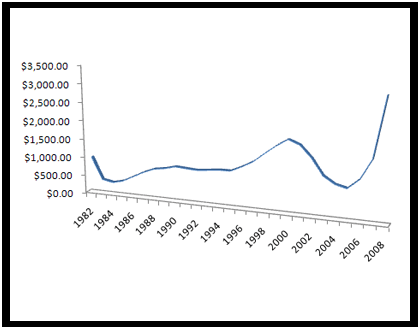Alaska is one of the very few places where residents / citizens get a citizen dividend. It has been distributing annual dividends for more than 3 decades.
Alaska is a good role model for a citizen-ownership democracy, just for being probably the first and the longest lasting citizen-ownership democracy on earth.
Alaska's citizen dividend is very well protected by Constitution laws. Politicians cannot easily dip their hands into the dividend fund and waste it away.
Alaska is a good role model for a citizen-ownership democracy, for how to safely protect the citizen dividend fund.
Alaska politicians can easily give oil companies tax breaks, thereby reducing the contribution to the citizen dividend fund.
Alaska is a lousy role model for a citizen-ownership democracy, for not protecting the income stream to the citizen dividend fund.
Alaska allocates only a small percentage (
12.5%) of the state's oil tax revenue into the dividend fund. As a result, the dividend is not up to a "livable" level. In 2005, it was estimated that if half of oil tax revenues had gone into the fund, every Alaska family of four would have received more than $16,000 in that year (
Jay Hammond, Father of the Alaskan Basic Income, 2005). Instead, each individual got less than US$1000 in 2005.
Alaska is a lousy role model for a citizen-ownership democracy, for the small percentage of common wealth that is put into the citizen dividend fund.
If Alaska had put 100% of the oil tax revenues into the fund, each family could have $32,000. That would be a "livable" income.
The full citizen dividend from oil wealth is enough to provide a livable income.

No comments:
Post a Comment